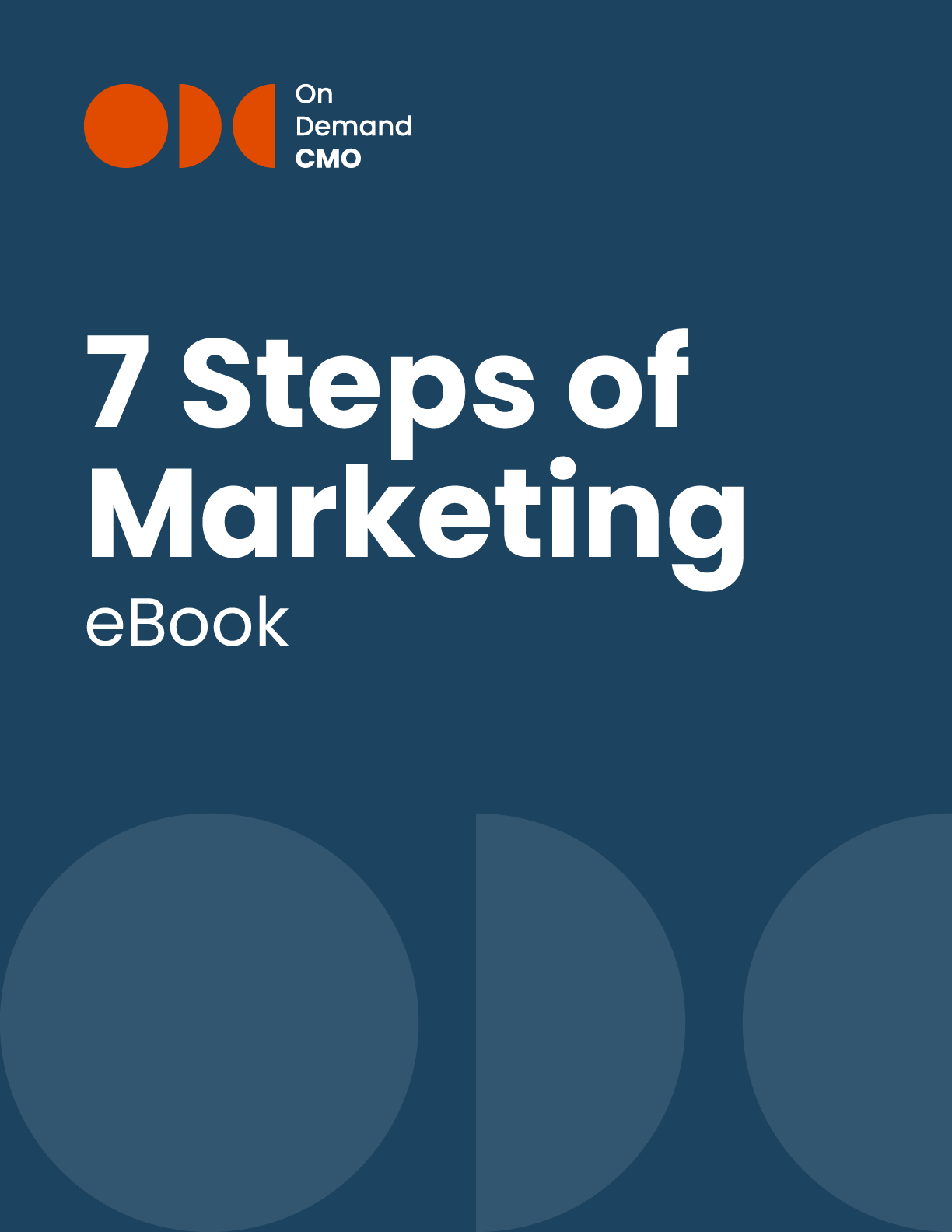
There are many ways to learn about your customers—focus groups, surveys, etc.—but one method that doesn’t get a lot of attention is ethnography. This is too bad, because ethnography can be a very powerful tool for marketers. When marketers think about leveraging customer insights via non-traditional research, ethnography is likely to come up. Here is why you should consider it next time you need market research.
Ethnography is a technique borrowed from the field of anthropology and it is the systematic study of people and cultures through observation. A qualitative research method, ethnography can offer special insights that more common quantitative market research methods cannot capture.
Dr. Patricia Sunderland, founding partner of the Practica Group, LLC, recently gave a presentation on ethnography for marketers at a meeting of the New Jersey chapter of the Marketing Executives Networking Group (MENG), which I co-chair. An anthropologist by trade, Sunderland shared a case study of how Practica used ethnography to help a brand successfully reposition itself and bring loads of new customers through its doors.
The organization was the Detroit Institute of Arts (DIA) and it had just completed a major renovation and expansion (this was before the bottom fell out in Detroit). After being closed for a time during the renovations, the DIA needed to get people to enter its (new) doors.
Practica’s team started looking at women in the Detroit area who had children and hadn’t gone to an art museum in a while. By visiting people’s homes and seeing how they lived their daily lives,Practica found several key insights that helped the DIA’s marketing partner develop a winning ad campaign that wildly succeeded in bringing people into the DIA.
Practica Group first looked at what were important values to these women and they found the following three: stretching one’s mind, finding sanctuary (peace and calm), and creating a sense of family.
Practica also found that in reality, these women had difficulty implementing these values into their daily lives. Instead, their daily lives were full of constant running and juggling. Life is busy and it’s uncertain (not peaceful). These women said the answer and the antidote to the mismatch of values and reality was in getting away (e.g. vacation, etc.).
Another key insight was that most of these women interacted with art in their daily lives (e.g. home furnishings and décor). These pieces of art were often in their living rooms and they were often souvenirs from vacations.
Using these insights, Practica Group helped the DIA position itself as a local place to “get away”—a place where a sense of wonder and inspiration could be experienced. The DIA did just that rather than focus on the personal enrichment aspects of art because everyone knows art is enriching and a campaign built around that premise reinforces the elite stereotypes art institutions sometimes struggle with.
The communications surrounding the reopening of the DIA let the art speak for itself, emphasizing the power of the visual experience and its capacity to engage, not the art’s pedigree. The ads inspired feelings and values of an aesthetic experience (e.g. flights of imagination, nourishment for the soul, etc.) through simple storytelling.
The result was a fantastic reopening for the DIA. (More about how Practica Group did it here).
Ethnography’s observational techniques can be likened to walking a mile in someone’s shoes. It’s a very powerful way to learn about customers and it has benefits beyond just developing successful marketing campaigns. Ethnography is also good for new product innovation.
The hugely popular Tide Pods were born out of ethnographic research Procter & Gamble conducted. By observing how their customers used detergent, P&G was able to innovate a mundane product—laundry detergent—and develop a product that takes away the messiness, measuring, and guesswork that often goes into doing laundry (more on the development here).
In the end, a marketer’s job is to speak their customers’ language and ethnography is a great way to learn their language.

OnDemandCMO has authored 7 Steps of Marketing, the only marketing guide book you’ll need to either get your marketing started properly, or stay on track strategically.
It features best practices on branding, messaging, social media, lead generation and much in between.
Please let us know who you are, and we'll share a few of our secrets (we don't sell or trade your info)!